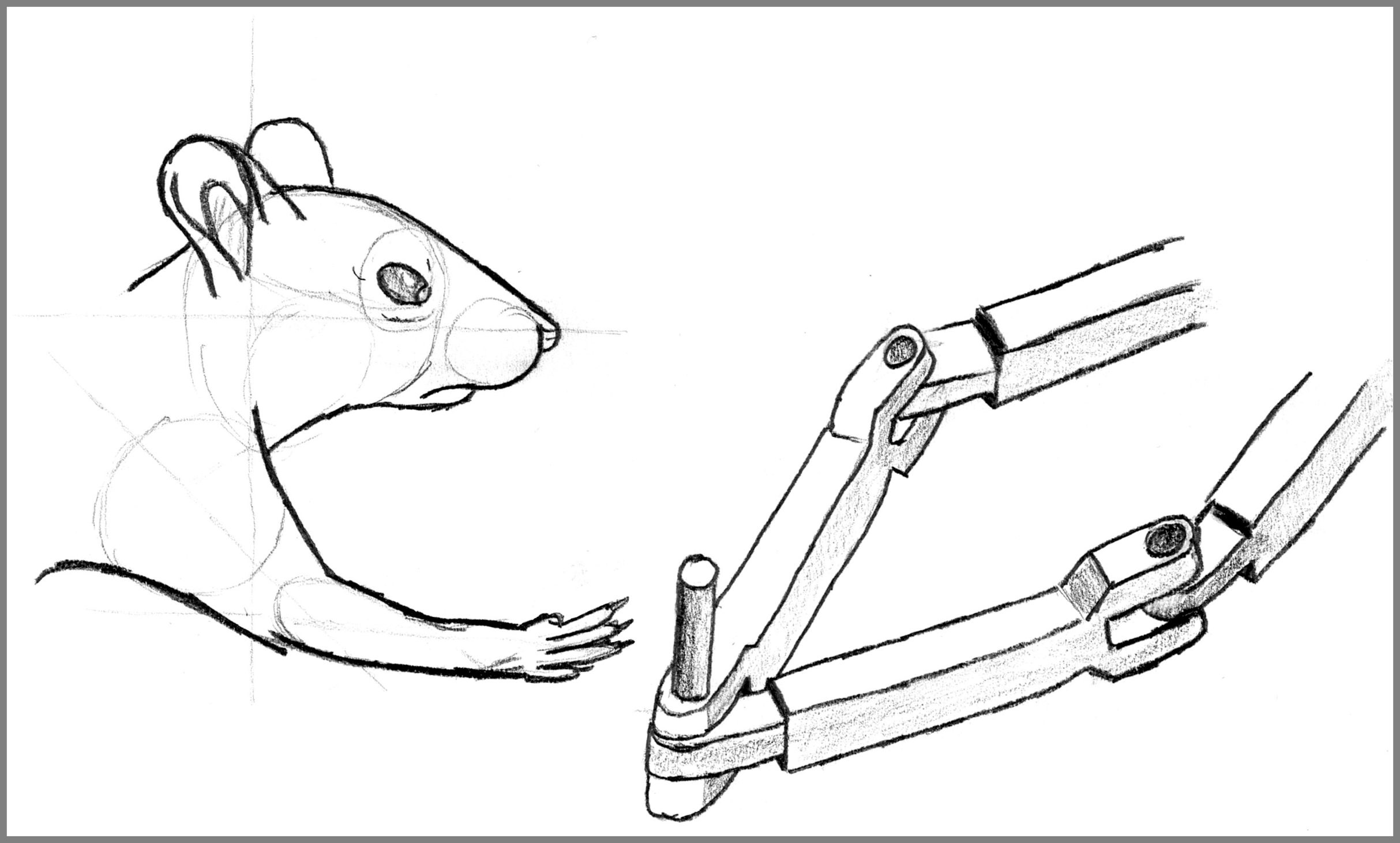

SENSORIMOTOR NEUROSCIENCE RESEARCH






 Our main research is aimed at understanding how voluntary movements are adapted to unexpected perturbations and uncertain environments. We work with mice as the model system and develop new behavioural paradigms based on benchmark experiments in humans. The main focus is on the adaptation of forelimb movements and proprioceptive sensory feedback.
Our main research is aimed at understanding how voluntary movements are adapted to unexpected perturbations and uncertain environments. We work with mice as the model system and develop new behavioural paradigms based on benchmark experiments in humans. The main focus is on the adaptation of forelimb movements and proprioceptive sensory feedback.
 Neural mechanisms
The lab uses advanced genetic, optical, microscopy and electrophysiology tools to understand the neural mechanisms of sensorimotor adaptation and the processing of proprioceptive information in the mouse brain. We are in particular interested in the cerebellum as the site of neuronal plasticity that guides adaptative behavioural changes. The cerebellum is a phylogenetically
ancient brain structure with a well-preserved anatomical and physiological
architecture across mammalian taxa. Understanding its neural mechanisms in an
animal model has great translational potential for clinical applications
in humans.
Neural mechanisms
The lab uses advanced genetic, optical, microscopy and electrophysiology tools to understand the neural mechanisms of sensorimotor adaptation and the processing of proprioceptive information in the mouse brain. We are in particular interested in the cerebellum as the site of neuronal plasticity that guides adaptative behavioural changes. The cerebellum is a phylogenetically
ancient brain structure with a well-preserved anatomical and physiological
architecture across mammalian taxa. Understanding its neural mechanisms in an
animal model has great translational potential for clinical applications
in humans.